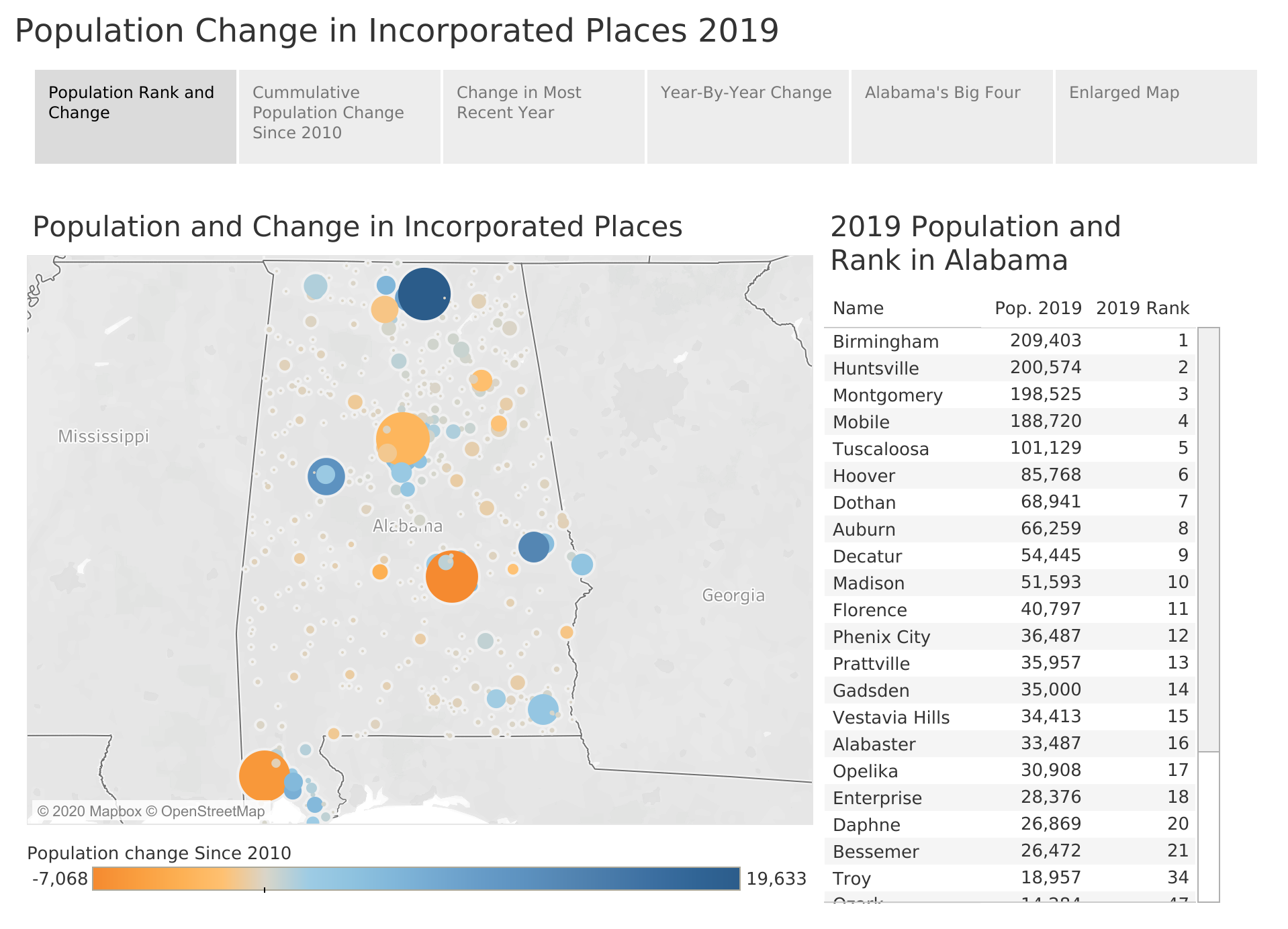
PARCA—the Public Affairs Research Council of Alabama— works to inform and improve state and local government in Alabama through independent, objective, nonpartisan research. We pursue this work to improve the lives of all Alabamians. This is the legacy given to us by our founder, Governor Albert Brewer.
Independent, objective, nonpartisan research requires speaking the truth and calling a thing by its name.
The killings of Ahmaud Arbery, Breonna Taylor, George Floyd, and Rayshard Brooks are a series of brutal acts that have gripped our nation’s consciousness and remind us of the racial motivations of segregation, hate, and discrimination. Sadly, this is nothing new. These Americans are among the most recent to join the tragic company of those who have died because of the color of their skin. This is the legacy of systemic racism, injustice, and inequality. This must change.
Refusing to see, or worse yet, tolerating racism, injustice, and inequality must end. Responding to racism, injustice, and inequality with silence must end. Policies, intentional or otherwise, that sustain racism, injustice, and inequality must change. Until we see these changes, the promise of liberty and justice for all remains hollow.
PARCA is committed to doing its part to effect such change. In this spirit:
We condemn attitudes, actions, and policies that sustain racism, injustice, and inequality.
We affirm demands for justice, equality, and fairness for African Americans. These are inalienable rights, not policies to debate.
We support the right to peaceful protests and condemn all acts of violence.
We invite all people of goodwill to engage in honest self-reflection, to seek a better understanding of the history of African Americans in Alabama and the United States, and to work toward opportunities for reconciliation.
We implore policymakers and leaders at all levels to seek honest information and hear diverse voices to identify and enact policies that will combat systemic racism.
We remain committed to our cause and mission with a renewed sense of responsibility to these concerns.
We continue to produce independent, objective, and nonpartisan research, equipping citizens and leaders with facts that empower, enlighten, and promote mutual understanding.
We reaffirm PARCA’s fundamental premise: Alabama—and the nation—can always do better.
We stand ready to do our part.

